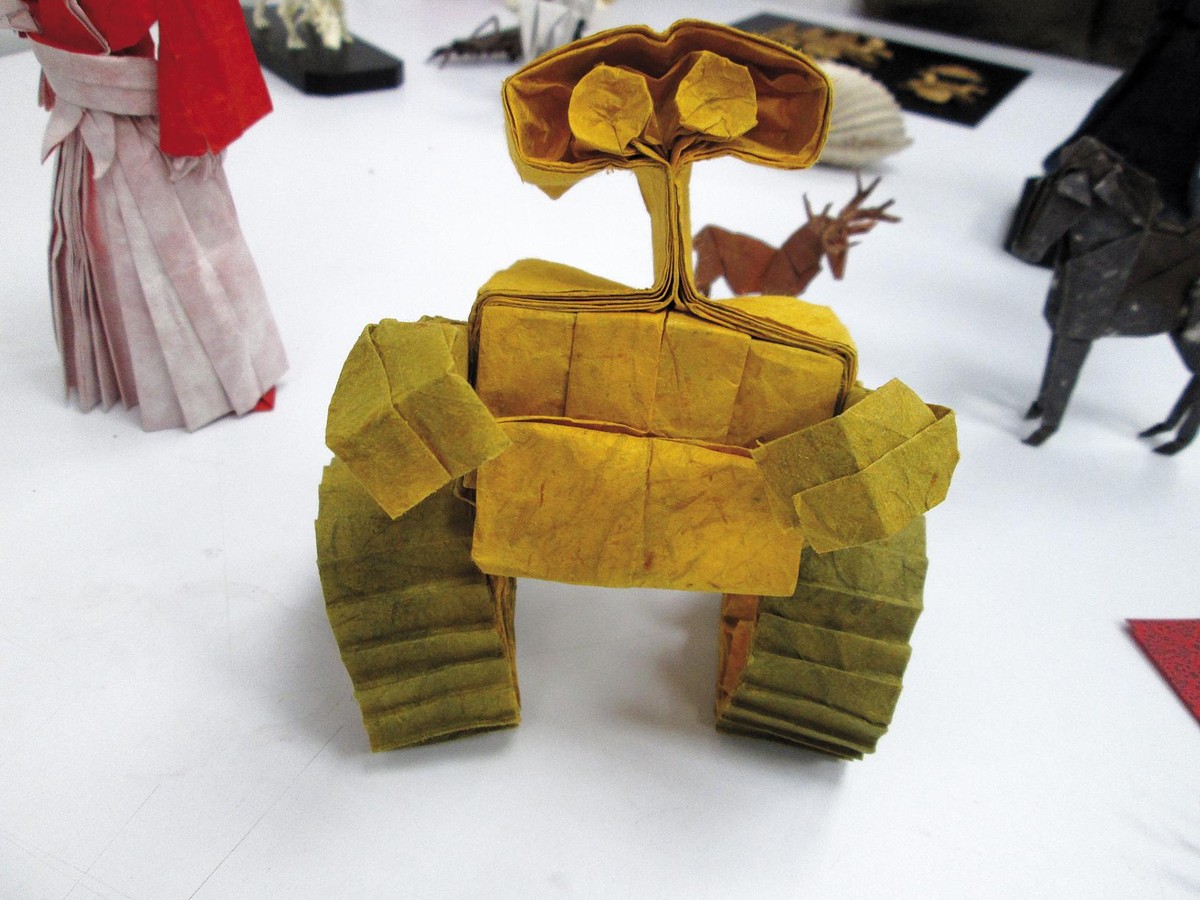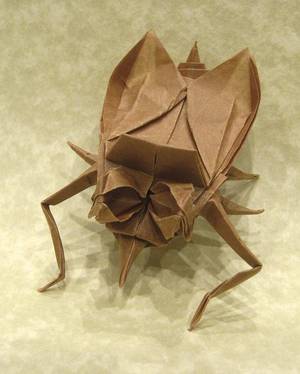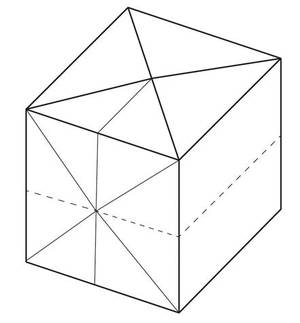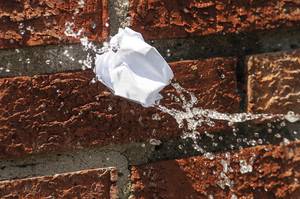Mathematics and Art of the Fold
2014/07/01 Lakar Iraizoz, Oihane - Elhuyar Zientzia Iturria: Elhuyar aldizkaria
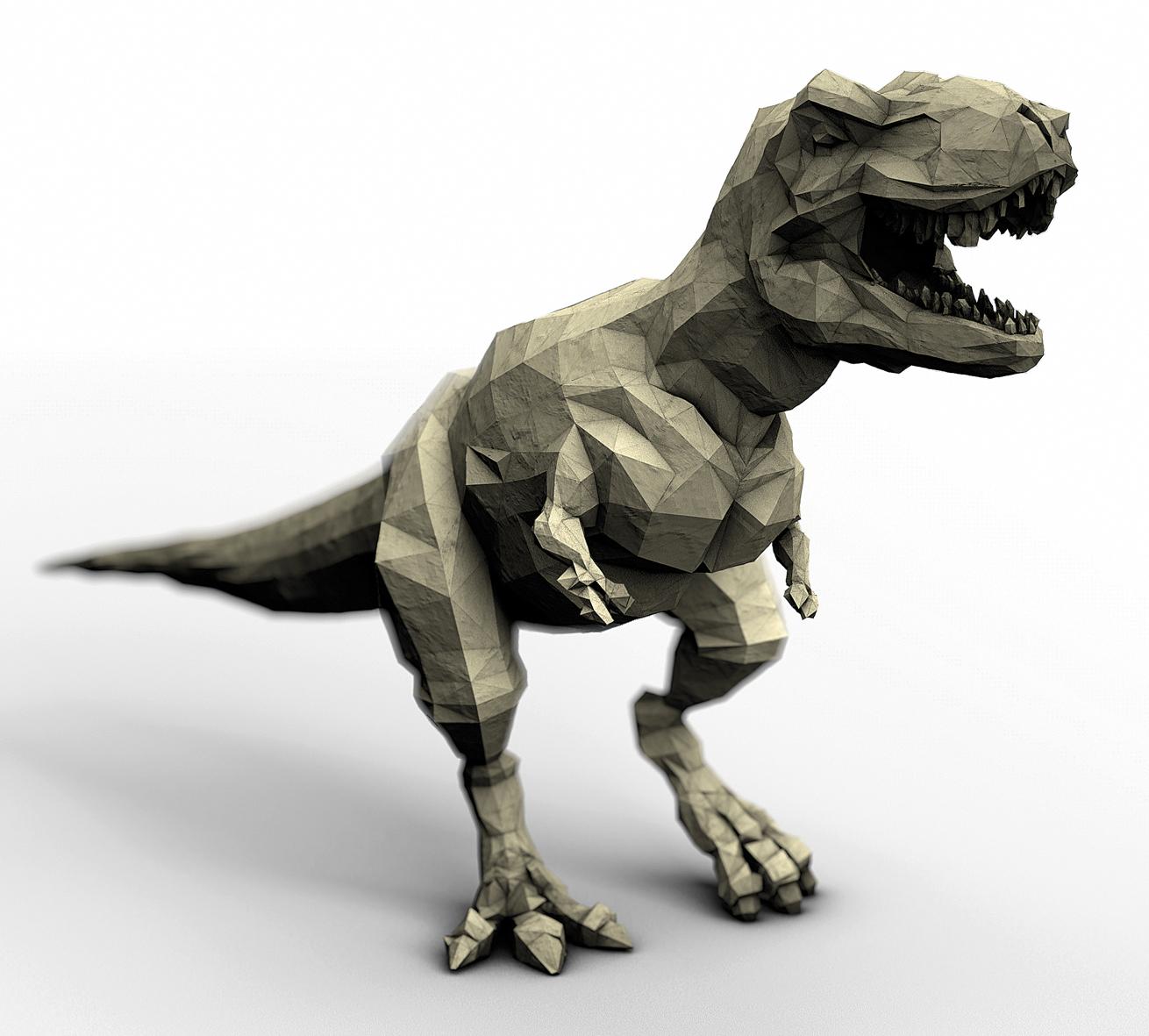
Imagination, mathematical knowledge and experience. These three qualities are necessary for the design of images by papiroflexia, according to José Ignacio Royo Prieto, mathematician of the Applied Mathematics department of the UPV. From there, "you can get the base of any image with a piece of paper, which was demonstrated by physicist Robert Lang and the papiroflexia expert. The key is in the correct distribution of the parts of the image in the paper part that will be used for the realization of the image," he adds.
Papiroflexia has its origin in Japan or, using the Japanese word, origami; VI. The first references are of century. In Japanese, the word is written with two characters: one indicates the hand ( ori ) and the other flexes ( kami ). "The European tradition of folding paper is independent of the Japanese, and it is possible that the starting point is the decorative folding of banquet napkins. There are documents referring to this custom, the XVI. subalternos", explains Royok Mathematics and Papiroflexia: a two-way relationship in the article.
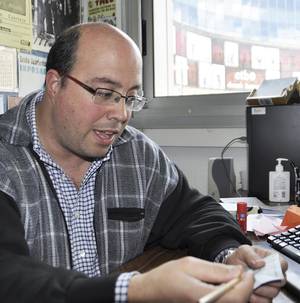
The engine of this traditional papiroflexia was intuition, the twentieth century. Until the mid-twentieth century approximately: the designs were created testing and learning from mistakes, even modifying previous designs. A form of transformation can be, for example, "to perform vaccinations - to detail Rogo and use a figure that shows the head and wings of a bird: if we destolate the image made, we can cut that piece of paper, taking into account where each of the components of the image has been left, and respect them, that is, leaving all the paper part corresponding to each section. Well, by pasting the separate parts into a larger piece of paper, we will have the paper left over to add other parts to the image, like the legs. Following the original steps, we would get the initial image again and we would have to look for the way to make the legs with the leftover part."
In this type of images, the bender makes random or intuitive folds, until the piece of paper that has between hands acquires the form of a known animal or object. Then, with his experience, he gives him the last touches and, then, just remember the succession of folds he has made to elaborate a list of instructions of the created image. "This way of doubling the paper is still being used today, but it certainly has great limitations," said Rovo.
The Revolution of the Increase of Intent
In recent decades, a new way of making designs has been created, which are created with an intention or intention. "The biggest difference with respect to the other is that before starting to fold, the folder plans the structure and distribution of the model. And for this he uses mathematics," says Royo. Thanks to this planned distribution, "they make figures with a complexity and precision much greater than traditional ones," added Royo: all kinds of mammals, with their branches, ears, tail, insects with all the legs, wings and antennas... "There has been a true creative revolution in papiroflexia in the last three decades," he said.
Besides the figurative papiroflexia that builds images that mimic animals or real objects, there is another type of papiroflexia: the modular papiroflexia. The modular papiroflexia consists of the creation of a set of basic pieces that join each other, without using any type of glue, to obtain a final image (almost always geometric). "To do this, the basic pieces must have pockets and fins to be able to get into each other," explains Royo.
There are several experts who have become referents of modern papiroflexia. Above all, the Japanese Akira Yoshizawa stands out. He believes he is the father of modern papiroflexia. In fact, Yoshizawa proposed, for the first time, how to give guidelines to flex the models and the symbology to use for it. "Undoubtedly, the greatest contribution to papiroflexia is since the paper was invented, which has allowed the internationalization of the designs made by all," said Rovo.
As a fan of papiroflexia, Royo himself has invented several designs, both figurative and modular: "Each one has its particularities and, therefore, they are designed according to different guidelines". Expose the basic keys with an example.
Analysis of angles in modular papiroflexia
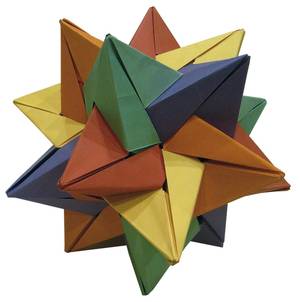
In modular papiroflexia, "one of my most important works is the composition known as the acronym FIT (Five Intersecting Tetrahedra, or five crossed tetrahedra)," he says. Specifically, its solid version. In fact, geometric figures can be constructed in very different forms: solid, that is, it would be obtained by the size of a solid piece, with only the edges of the polyhedron and, therefore, with empty, starry faces, figures with reliefs instead of flat faces, etc.
As the name of the image indicates, the image is formed by five tetrahedra that intersect. To see it clearer, Royo built pieces of five colors or modules. The FIT is born from the union of twenty modules. Therefore, "the first work consisted in analyzing the angles of the modules I wanted to create and, subsequently, in thinking how to get them by bending paper".
The biggest challenge was to design the modules. Each module is formed by three triangles that are combined in a pyramidal form.
Figurative design, mathematics and hand experience
In the case of the design of figurative images, since we work with a single piece of paper, the most important thing is "to distribute the paper well in order to carry out all the sections that will contain our image", says Royo. One way to do this is to make a scheme of the image you want to get. Imagine a fly that Royo has designed, among other things: "The first thing we have to do is to make a tree pattern with all the sections that our image will have, each of them will be a branch of that tree. The length of each branch should also be adequately represented so that the legs are longer than the head, for example. In this step, the designer must decide to what extent he wants to simplify the image from the real object or, otherwise, to what extent he wants to approach reality."
Once it is a tree, it begins the work of bringing that division to paper, the most difficult job, and there mathematics is of great help. If we have decided to imagine six legs, two wings, the abdomen and the head to make the fly, we will have to make a tree of ten branches, that is, we will remove ten tips from our paper fraction. Suppose we are going to make one of them with one of the corners of the paper. We must bend through the center this corner and again through the center to get a thin tip. If we specify also the length to have, and then undo all the folds made, we will see that a polygon is marked on a square paper edge. If we wanted to slimmer the tip more, we would double it again, and when flashing we would get a polygon with more sides. Taking this to the limit, in the end we would have a quarter of a circle. "We have to reserve the surface that marks this circle and we cannot use it to form the sections that remain," said Rovo.
Instead of in a corner of the box, if we make the folds in the middle of one side, it will appear half circle and if we do it inside the paper, the entire circle. This is precisely what needs to be done is to divide the paper into circles to get the ten pieces we need to make the fly. "The optimal distribution of paper is that the circles are tangent to each other, tangents", explains Royo. In this way we achieve that the circles do not overlap one another and that at the same time no papers remain unused.
Once the distribution is done, it is time to double each part of the image. "Mathematics already loses importance in this step and the most important will be the ability and experience of the fold to lose some points, shape, make details and, in short, get the final image," says Royo.
Royo took advantage of his experience to design this fly. Previously it was used for the distribution of an image made by another designer for its design. Among the tasks to be carried out is the design of the fly following the process described.
Anyway, if we destroyed the created image and returned to the original picture, the marks that have remained on paper, some would be those that form the valleys and others that form the summits. "This shows, more than anything, the mathematics that hides behind the papiroflexia. And it is that, in mathematical language, this set of marks is called graph, since it is formed by vertices or nodes (points) and songs, and all of them are somehow combined," explains Royo.
This brand map has a special name in papiroflexia, crease pattern. "Just for that, that is, without instructions, you can invent what folds you have to make to the paper to get to the final image, but they can only do it," added Royok-, who have a lot of experience in papiroflexia. For anyone it is not obvious what steps must be taken to get there."

Gai honi buruzko eduki gehiago
Elhuyarrek garatutako teknologia




